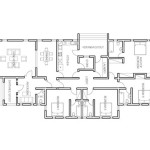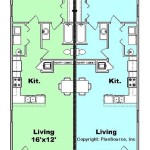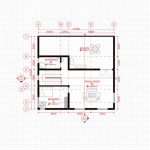The Plantar Region: A Comprehensive Overview
In the realm of anatomy and physiology, the plantar region holds significant importance as the undersurface of the foot. It extends from the metatarsal heads anteriorly to the heel posteriorly and plays a crucial role in weight-bearing, ambulation, and providing structural support.
The plantar region is characterized by its complex anatomical structure, comprising bones, muscles, tendons, ligaments, and various other components. Each of these elements contributes to the overall functionality and mechanics of the foot.
Bones of the Plantar Region
The plantar region is supported by a framework of bones, including the calcaneus (heel bone), talus (ankle bone), navicular, cuboid, and cuneiform bones in the midfoot, and the metatarsals that extend towards the toes. These bones provide the foundation for the arch of the foot and facilitate weight distribution during standing and walking.
Muscles of the Plantar Region
Embedded within the plantar region are various muscles that control movement and stability of the foot. The intrinsic muscles, located entirely within the foot, include the plantar aponeurosis, flexor digitorum brevis, quadratus plantae, and abductor hallucis. These muscles assist in flexing and abducting the toes and contribute to the arch support.
The extrinsic muscles originate outside the foot and insert into the plantar region. They include the flexor hallucis longus, flexor digitorum longus, tibialis posterior, and peroneus longus. These muscles play a significant role in plantar flexion, inversion, and eversion of the foot.
Tendons of the Plantar Region
Tendons connect muscles to bones, transmitting forces that facilitate movement. In the plantar region, key tendons include the Achilles tendon, which attaches the calf muscles to the calcaneus, and the plantar fascia, a thick fibrous band that runs along the plantar surface of the foot and supports the arch.
Ligaments of the Plantar Region
Ligaments are connective tissues that connect bones to bones, providing stability and preventing excessive movement. In the plantar region, the plantar calcaneonavicular ligament, long plantar ligament, and spring ligament contribute to maintaining the architecture of the foot and preventing collapse of the arch.
Innervation and Blood Supply of the Plantar Region
The plantar region is innervated by nerves originating from the tibial and peroneal nerves, which transmit sensory and motor information. The blood supply is mainly provided by the posterior tibial artery and its branches, ensuring adequate oxygen and nutrient delivery to the tissues.
Clinical Significance of the Plantar Region
The plantar region is susceptible to various conditions that can affect its structure and functionality. Common ailments include plantar fasciitis, an inflammation of the plantar fascia, heel spurs, bony growths on the calcaneus, and metatarsalgia, pain in the ball of the foot. Understanding the anatomy and physiology of the plantar region is essential for accurate diagnosis and effective treatment of these conditions.
In conclusion, the plantar region is an intricate and dynamic part of the human anatomy, playing a vital role in supporting the body, facilitating movement, and maintaining stability. Knowledge of its anatomical components and their interrelationships enhances our understanding of normal foot function as well as the pathophysiology of various plantar conditions.

Anatomical Regions Scientist Cindy

Plantar Aspect An Overview Sciencedirect Topics

Cause Of Plantar Fasciitis Pivotal Motion Physiotherapy

Plantar Fascia Region A Anatomical Ilration Diagram Showing The Scientific

Regional Terms Anatomy Mnemonics Anatomical Terminology Part Names

Plantar Aspect An Overview Sciencedirect Topics

Cause Of Plantar Fasciitis Pivotal Motion Physiotherapy

Plantar Fasciitis Exercises Physical Therapy The P Rehab Guys

Anatomy Of The Plantar Aspect Foot Demonstrating Bands Scientific Diagram

Plantar Fasciitis Scientific Discussion Anatomy Of Fascia
Related Posts








